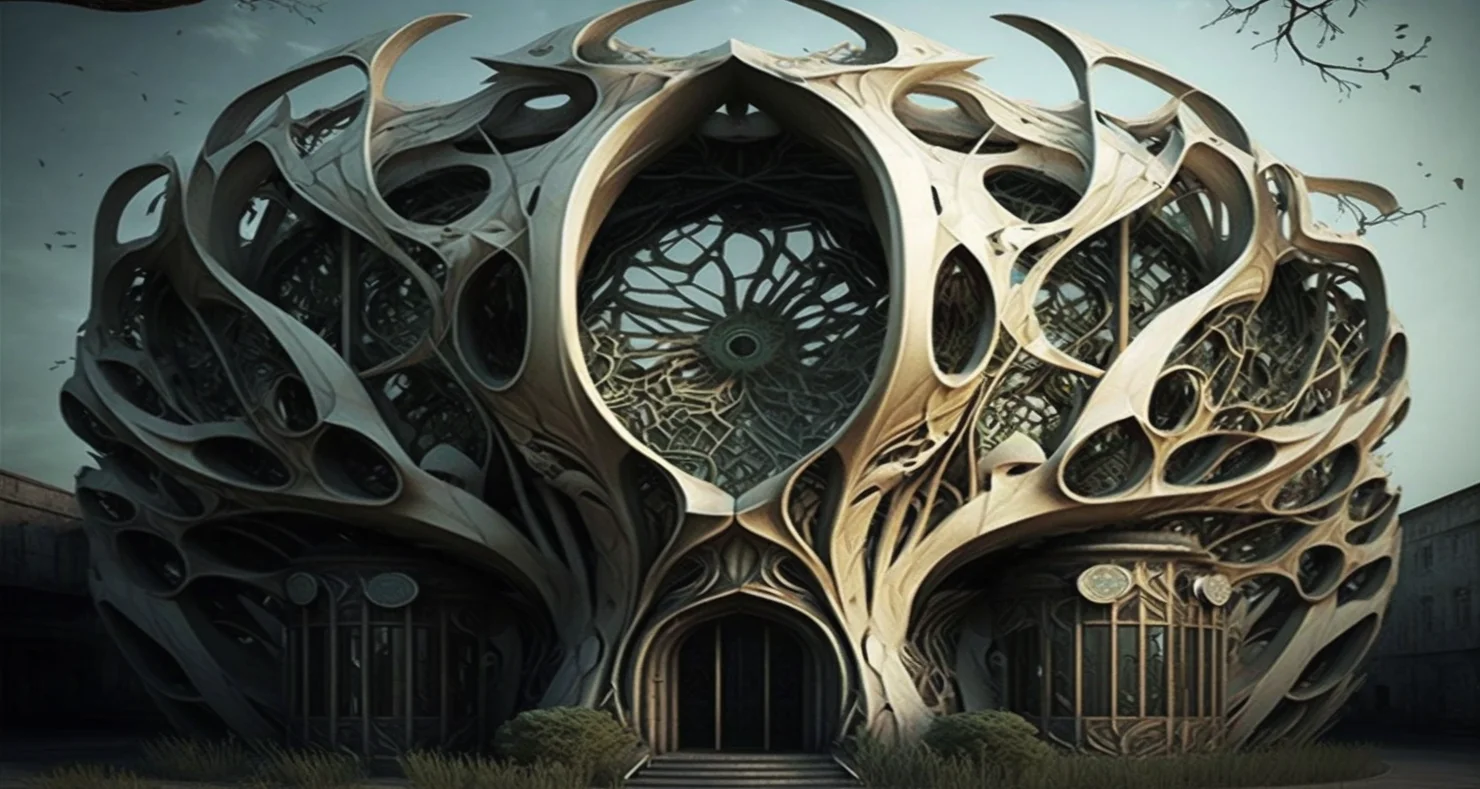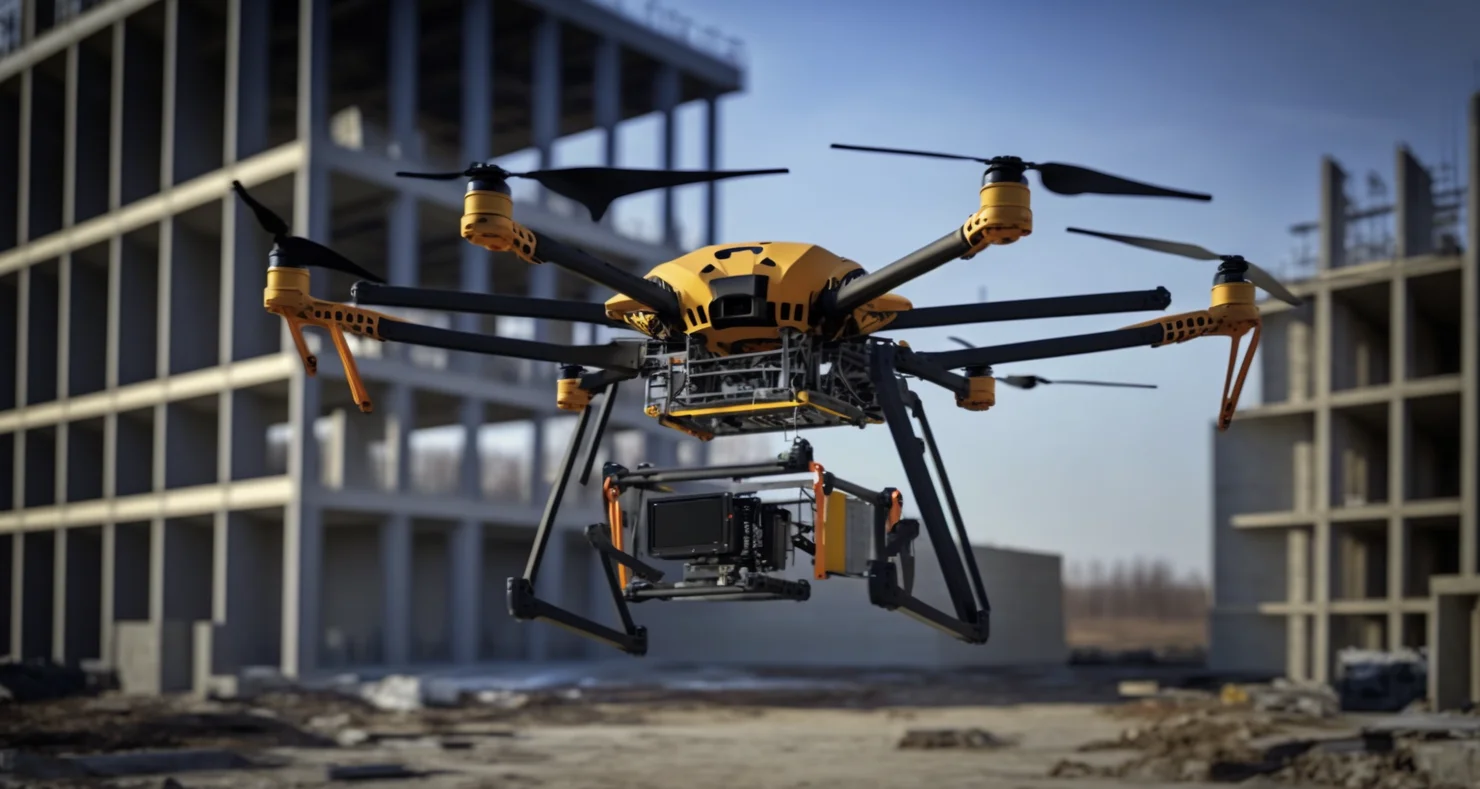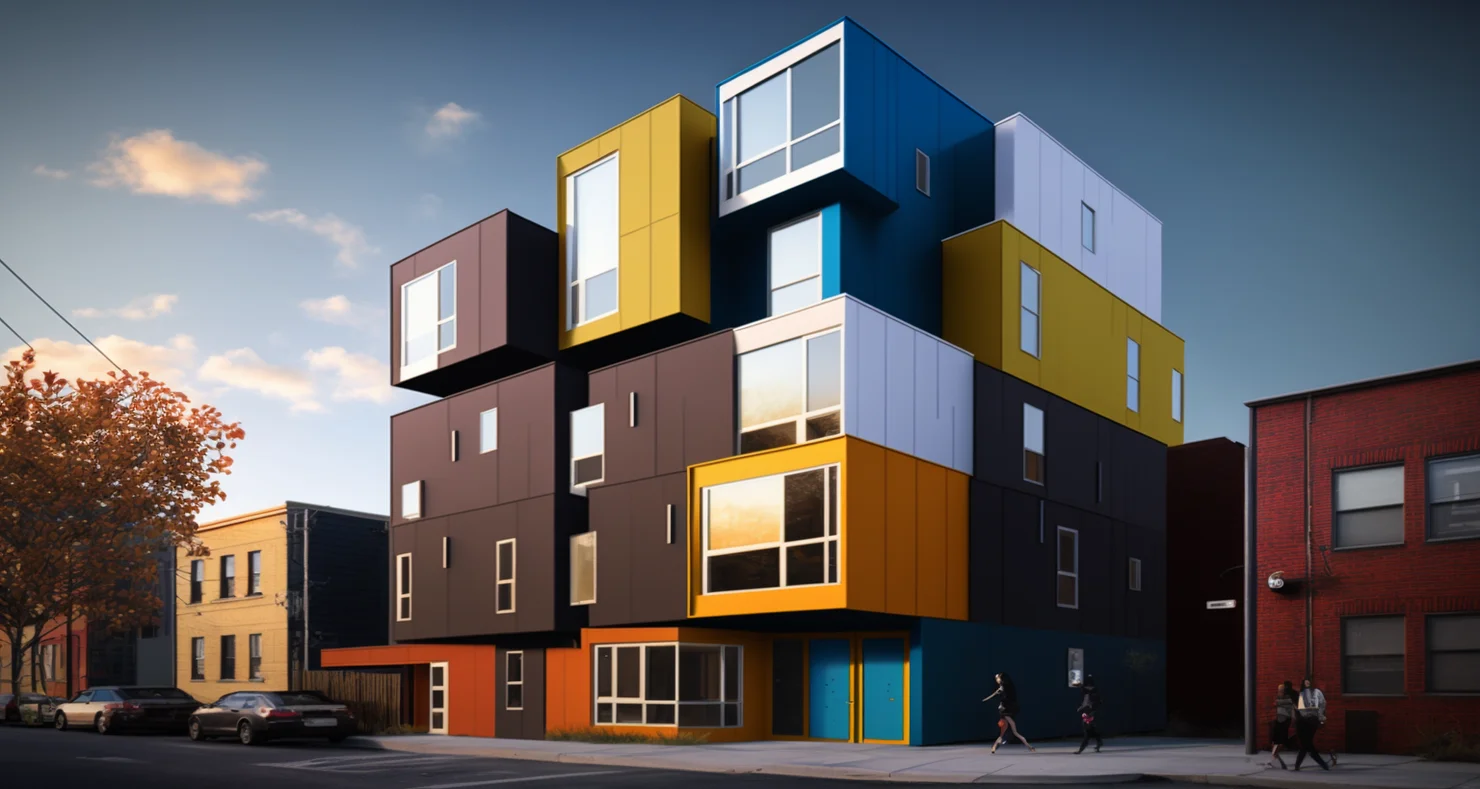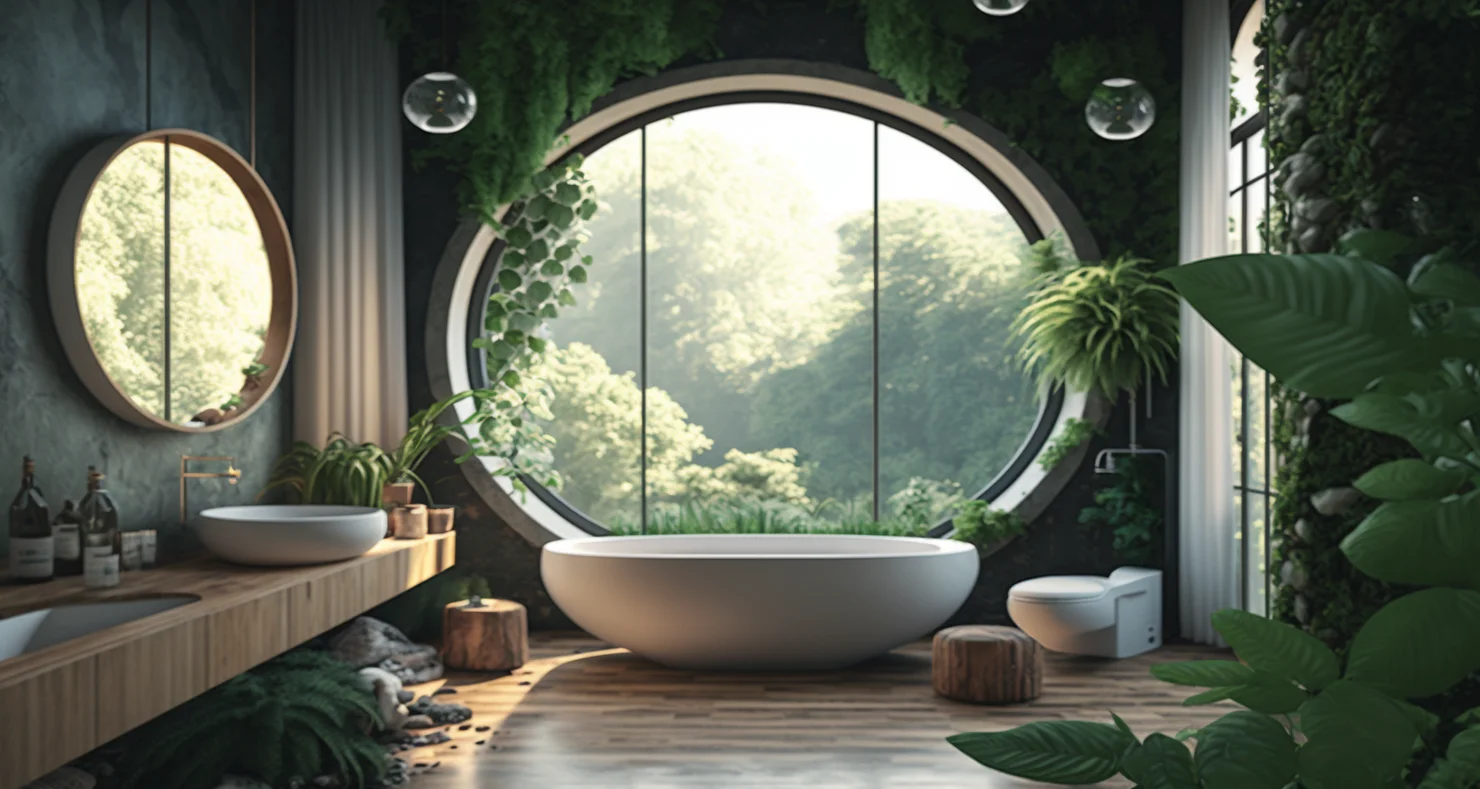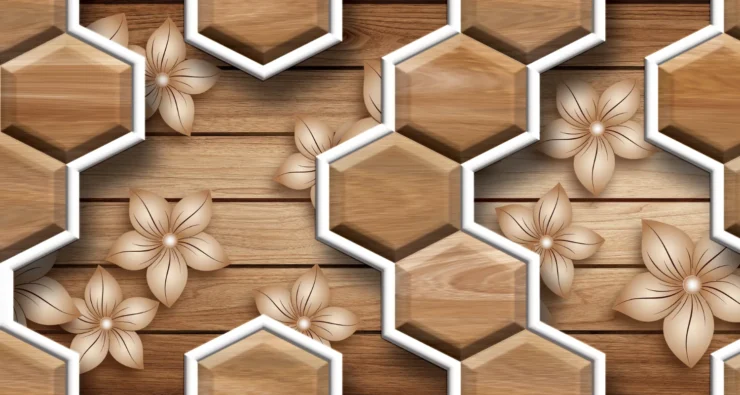Join us on a journey to discover the exciting world of symbiotic architecture! Our blog explores the innovative ways in which architects are designing sustainable and eco-friendly buildings that work in harmony with the natural environment. From green roofs to passive solar design, we cover a range of topics that showcase the power and potential of symbiotic architecture. Whether you’re an architect, engineer, or simply curious about the future of sustainable design, our blog is the perfect starting point for exploring this exciting field.
PROPERTIES
How drones will change the construction of the future
Drones can take photos of buildings, which are then used to create centimeter-accurate 3D models of buildings. They can also be …
Unlocking the Key to Affordable Housing
Can i afford a house is a critical issue facing communities worldwide, and our blog offers a comprehensive guide to understanding this important topic.
Underground houses and why are they the future?
There are about 6,000 underground or earthen homes in the United States today. Many of these homes are equipped with advanced features …
Why biophilic trend in home design?
Even if you’ve never heard of biophilic design, you already love it. After all, biophilia is a love of nature and a way to “invite nature into
Future of high-quality living is in Smart Cities
The concept of the Smart city is based on the development of urban areas integrated with infrastructure and IoT…
When we think of solar power, usually images of large panels located on the roofs of houses or fields usually arise…
An intelligent building integrates technology and processes to create a facility that is safer, more comfortable, and productive for its occupants.
3D printed houses can become a 1/10 of the common price
Advances in 3D printing, today’s technology can produce a whole range of things cheaper and more energy-efficient.

